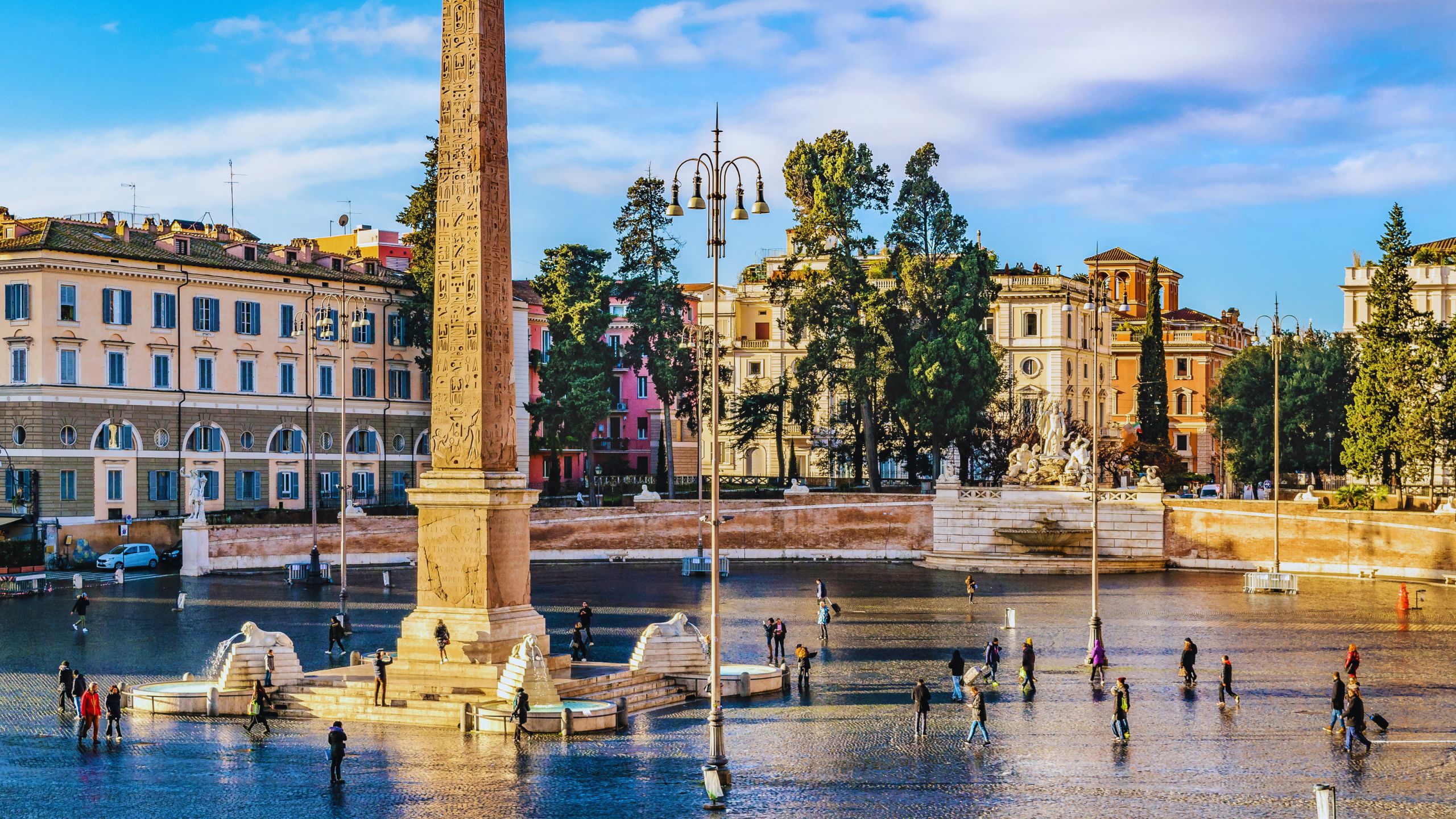Rome at the table: All the delicacies to taste in the Castelli Romani
South of Rome, not far from the city center, stretches a land that blends enchanting landscapes and deep-rooted culinary traditions, famous for its wine, its distinctive accents, and the lively spirit of its people: the Castelli Romani.
Here, twelve picturesque villages lie along the slopes of the Alban Hills, surrounded by vineyards, olive groves, and woods, with views ranging from the volcanic lakes of Albano and Nemi to the typical Lazio countryside. Historically, for the Romans of antiquity, these lands were a place of leisure, retreat, and agricultural supply. From the Republican era, patrician roman families built villas and summer residences here to escape the heat of the city, enjoying the cooler air and the views over the volcanic lakes. Life moved slowly here, the air was clean, and the food—over time—became an integral part of the local identity.
Recipes, often born from simple ingredients sourced from the countryside, were passed down through generations, transforming into authentic gastronomic icons known throughout the region. Visiting the Castelli Romani means immersing yourself in an authentic world, where shops smell of freshly baked bread, fraschette welcome you with long wooden tables and jugs of wine, and each village carries its own unique flavor waiting to be discovered. In this article, we’ll guide you through that ancient atmosphere, recommending what to taste and sharing a few curiosities about the dishes of this rich tradition.
Typical Dishes and Their Origins
At the heart of the Castelli Romani, the cuisine tells the story of simple yet characterful ingredients, where every dish has its own identity.
In Ariccia, porchetta is the most iconic specialty: deboned pork, seasoned with salt, pepper, garlic, and wild fennel, then slowly roasted until the skin is golden and crisp, while the meat stays juicy and fragrant. Each slice releases intense, lightly spiced aromas that pair perfectly with crusty country bread and a glass of local red wine—light, harmonious, and impossible to resist.
Alongside porchetta, traditional cured meats such as salame castellino or salamino tuscolano offer bold flavors that complement aged cheeses and local olives, evoking the farming traditions of the past.
In Frascati, the sweet side of the kitchen stands out with "pupazze frascatane", golden biscuits shaped like women with three breasts, made with honey and oil, crumbly in texture and lightly citrusy in flavor—prepared during harvest time and shared as festive treats.
Nemi, famous for its wild strawberries, offers tiny, aromatic fruits with a delicate tang—perfect for tarts, ice creams, or artisanal liqueurs. From the lakes, dishes like whitefish (coregone) and perch are cooked simply, baked or pan-fried with a drizzle of olive oil and a squeeze of lemon, enhancing the delicacy and freshness of the meat.
In towns like Genzano and Marino, bread-making traditions remain strong: Pane di Genzano IGP has a thick crust and airy crumb, with a slightly tangy flavor from its long fermentation—ideal for bruschette, hearty sauces, or porchetta.
Marino’s ciambella al mosto has the scent of cooked grapes and a soft texture, perfect for breakfast or to share as a dessert.
Albano Laziale and Castel Gandolfo are home to gnocchi ricci, their ridged surface holding rich sauces like meat ragù or mushroom sauce for a deeply comforting bite. Abbacchio alla scottadito, lamb chops grilled with just a sprinkle of salt, are tender enough to fall off the bone—best enjoyed hot.
In Lariano and Rocca di Papa, rustic flavors dominate: cellitti, irregular gnocchetti made from flour and water, soak up porcini mushroom or ragù sauces, while polenta with pork ribs and sausages warms winter evenings with its rich aroma.
Velletri, Lanuvio, and Montecompatri feature hearty soups of legumes and vegetables, nutritious and full of flavor: cicerchia soup offers a velvety texture, while fagioli co’ o pa’ sotto—beans over bread soaked in broth—are a symbol of peasant tradition. Velletri’s cabbage and cod soup balances the bitterness of greens with the saltiness of fish.
Zagarolo brings tordo matto, spiced meat rolls grilled and served with sarzefine—wild greens cooked with tomato, garlic, and chili pepper for a rustic, authentic flavor. Cheeses like marzolina, fresh or aged, and rustic pasta such as tacchie di Bellegra pair beautifully with local produce like Roman artichokes, prepared simply with olive oil and lemon.
Finally, Monteporzio Catone is renowned for its wines: vineyards here produce Malvasia Puntinata and Frascati Superiore, perfect with local dishes from pasta with meat sauces to game or fresh cheeses. A glass of Frascati Superiore can make even a simple meal special, and historic cellars reveal traditional winemaking in wooden vats still used today.
Local Curiosities
Many dishes from the Castelli Romani hold fascinating stories from rural life and traditional celebrations.
The porchetta of Ariccia, for example, is more than just roasted meat: each one is prepared with a secret blend of herbs that varies slightly from family to family—meaning no two porchette are ever exactly alike.
The wild strawberries of Nemi, known since the Middle Ages, were prized by counts and cardinals for their unique aroma and intense sweetness. It’s said some popes received crates of them as gifts during festivities.
Local cheeses, such as caciocavallo podolico or the fresh goat cheeses of the Alban Hills, carry names tied to livestock and production: “podolico” comes from the ancient, hardy Podolica cattle, valued for their particularly flavorful milk.
Lastly, Malvasia Puntinata—a wine from Monteporzio Catone—gets its name from the dark specks on its grapes, and its popularity grew thanks to Roman patrician families who appreciated its versatility.
Conclusion
The Castelli Romani offer a journey through history and flavor, where every dish tells a story of tradition and passion. From the aroma of Nemi’s strawberries to the porchetta of Ariccia, and the wines of Monteporzio Catone, every taste is a unique, unrepeatable discovery. Strolling through these villages is an experience not to be missed—one that reveals new flavors yet leaves you with the unmistakable mark of a journey far from the ordinary.




